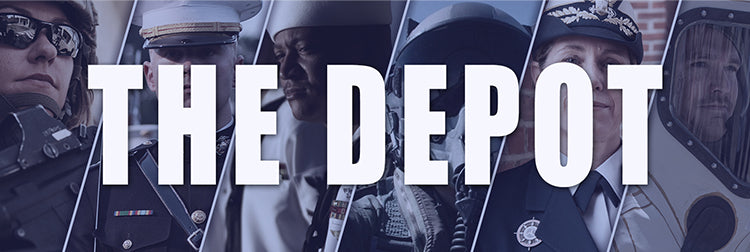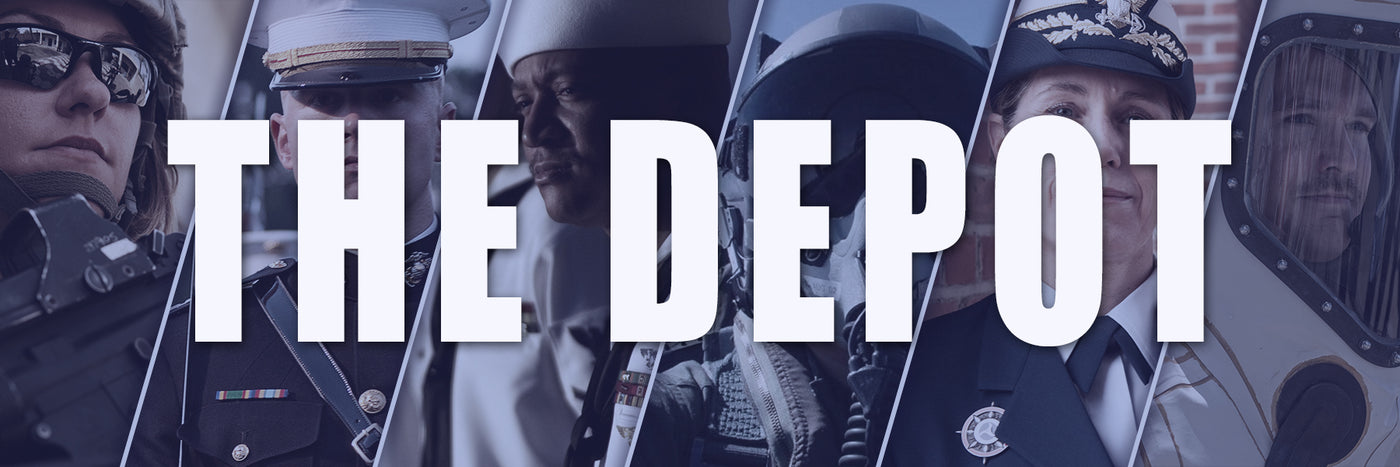
Marine Corps Officer Ranks & Insignia: A Guide
The United States Marine Corps is known for its rigorous training and high standard of discipline, producing some of the finest officers in the military. With a structure built around...
Blog Staff |
ARMED FORCES SUPER STORE 1-877-653-9577 | 8 - 7 CST MON-FRI



The United States Marine Corps is known for its rigorous training and high standard of discipline, producing some of the finest officers in the military. With a structure built around...
Blog Staff |